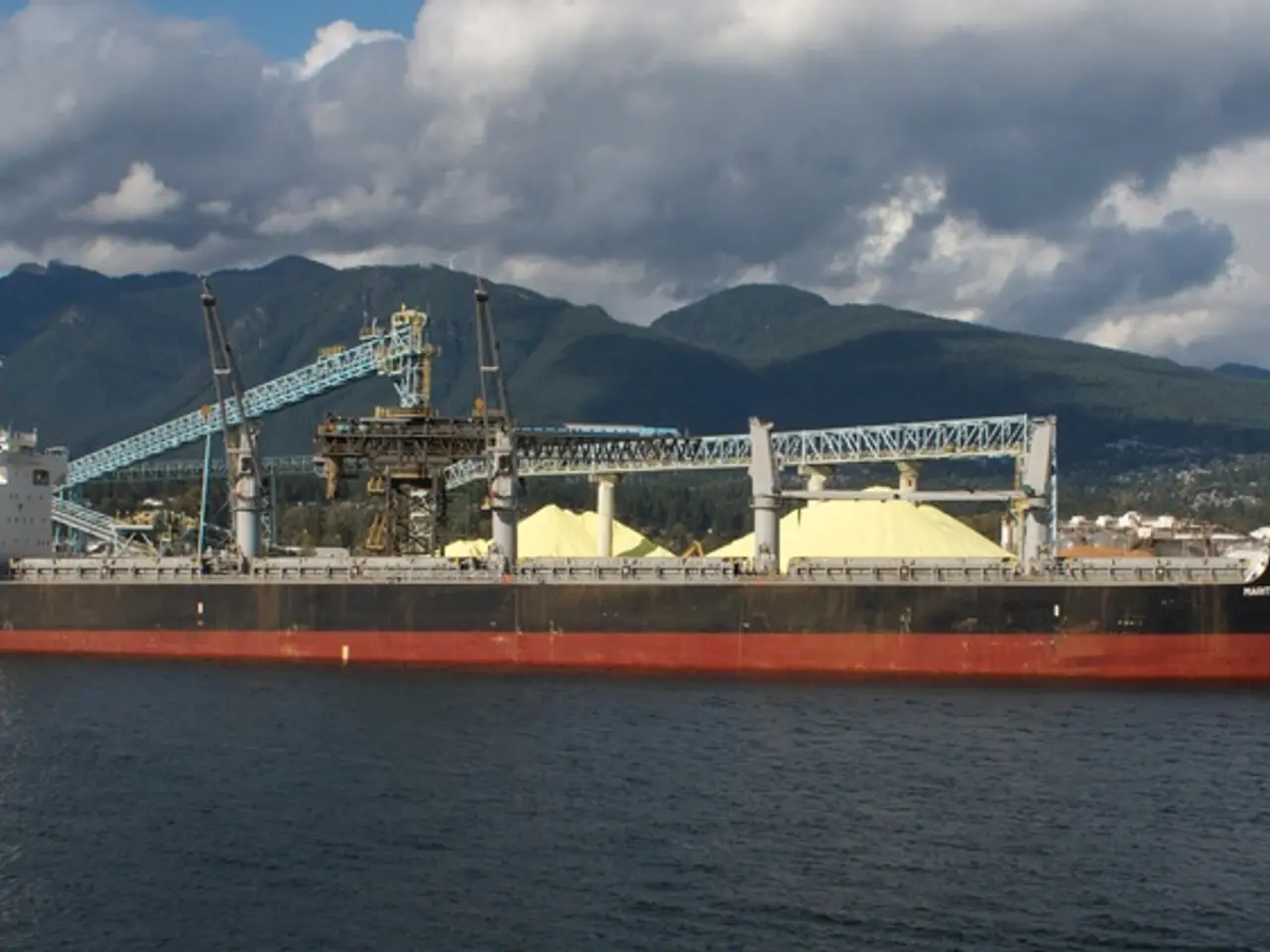Offshore Wind Energy in the UK: Obstacles and Prospects
The UK is gearing up for an interactive session focused on the UK offshore wind market, with the agenda to be confirmed soon. This in-person only gathering invites participants to register now, as space is limited.
The UK Government has made a commitment to further develop offshore wind infrastructure, positioning the country as a global leader in offshore wind energy, accounting for about 20% of the worldwide offshore wind capacity. With plans underway to substantially increase UK offshore wind capacity in the coming decade, the need for specialized shipping vessels to service this growing industry is becoming increasingly apparent.
The session aims to consider the challenges and opportunities in the shipping industry in meeting the growing demand for specialized vessels. The regulatory environment for the UK offshore wind market is characterized by ambitious government targets to expand offshore wind capacity significantly, alongside evolving environmental regulations aimed at streamlining project consent and mitigating ecological impacts.
Key regulatory aspects include the UK government’s target to reach 43 to 50 GW of operational offshore wind capacity by 2030, requiring approximately 4.5 GW of new installations annually — about triple the average annual installation rate seen this decade. The existing planning consent process is complex and time-consuming, involving multiple regulatory bodies and detailed environmental impact assessments. Recent reforms proposed by DEFRA aim to introduce more flexible environmental compensatory measures to ease environmental constraints and accelerate offshore wind development while protecting marine protected areas.
The scale and technical complexity of UK projects are increasing, with turbines now approaching 300 meters tall, installed in waters deeper than 60 meters. These regulatory drivers and technical project demands create a growing market for specialized installation and service vessels, including heavy-lift jack-up vessels, cable laying vessels, and crew transfer vessels tailored for offshore wind operations.
The high installation rates and large-scale projects require vessels with enhanced capabilities to operate under stricter environmental controls and to comply with regulatory frameworks addressing marine habitat protection. Supply chain constraints and rising costs noted in the offshore wind industry are pressuring the availability and deployment of such vessels, intensifying competition and strategic moves among developers and service providers.
Speakers at the event include representatives from Ørsted, Bibby Marine, Clarksons, and the energy and shipping teams of our website. After the session, a networking reception will follow, providing an opportunity for attendees to connect and discuss the topics presented. A recent report outlines these plans for increasing UK offshore wind capacity, and contact information is provided for any questions regarding the event. Early registration is recommended to avoid disappointment.
The session will discuss the rising demand for specialized shipping vessels in the offshore wind industry, which is a crucial component of the UK's goal to become a global leader in environmental-science related fields such as renewable energy. The regulatory changes proposed by DEFRA aim to not only streamline project consent processes but also ensure the protection of the environment while stimulating the growth of the finance sector associated with this burgeoning industry.




